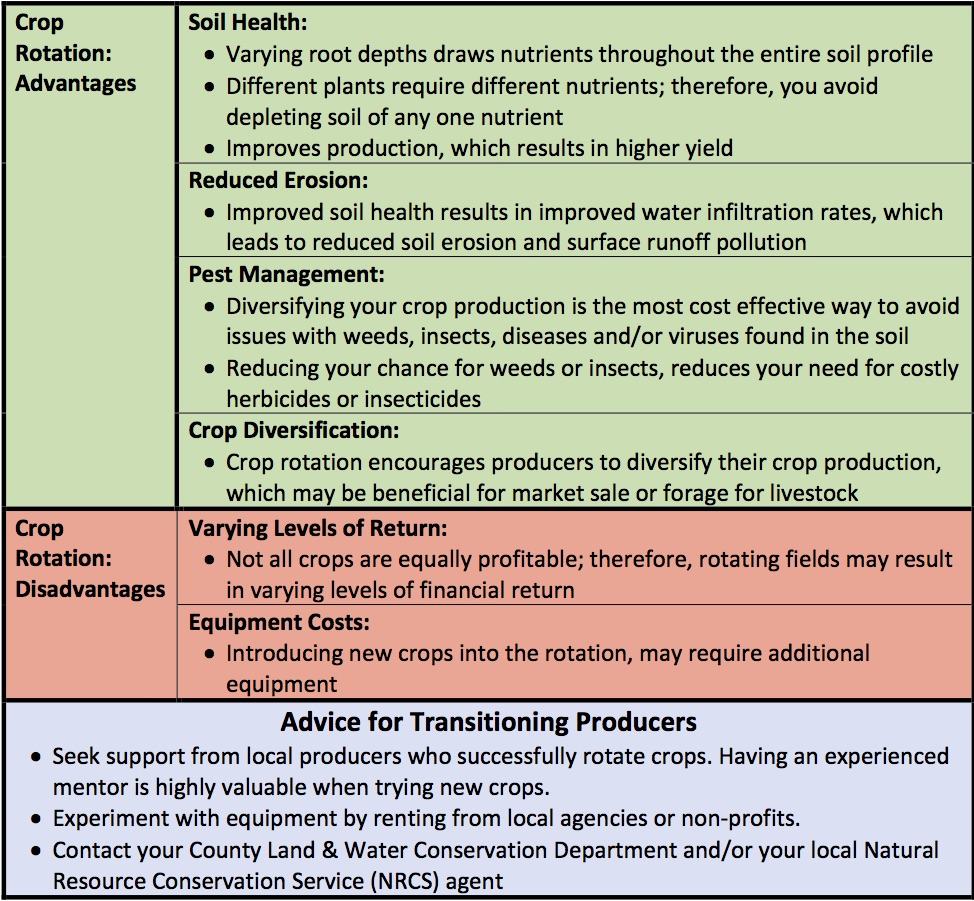
Image 1: Photo credit Brent Petersen. Significant nodulation on Red Clover in Spring 2016, should result in nice nitrogen credit.
Annual rotation of crop fields helps to improve long-term soil health and sustainability. A monoculture field, where a single crop is continuously grown, is likely to produce less and be more vulnerable to weeds, insects, and diseases or viruses found in the soil. Crop rotation can provide several benefits to soil health and crop production. For example, legumes, such as Red Clover, can “fix” atmospheric N2 gas into a usable form for plants (Image 1). Legume residue is generally high in nitrogen; therefore, the breakdown of residue improves the soil’s nitrogen content and the following year’s crop yield. When combined with conservation tillage practices and cover crops, the positive impacts of rotating crops are significantly greater. The Fox Demo Farms is working to identify which crop rotations are most successful in northeast Wisconsin.
Crop Rotation:
- Crop rotation is defined as the systematic sequence of crops grown in combination with other soil-conserving crops or with grasses and legumes.

Table 1: Outlines the advantages and disadvantages of crop rotation. Additionally, advice for transitioning producers.



